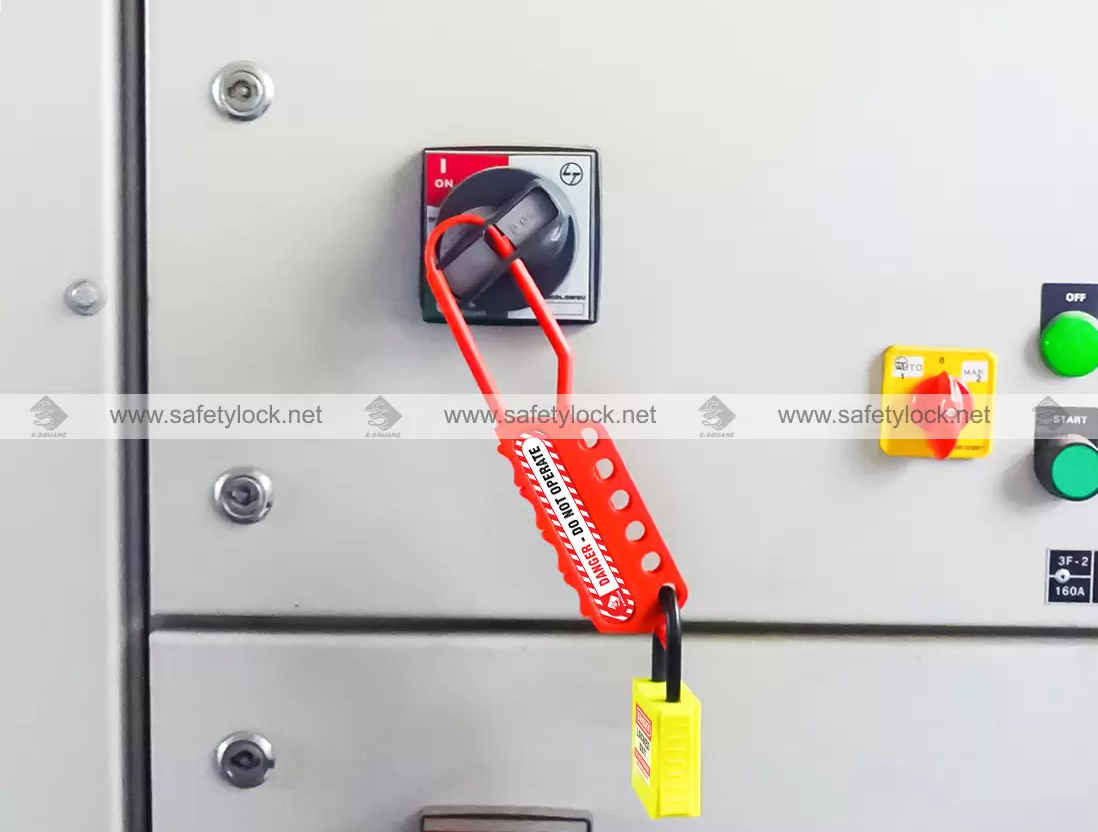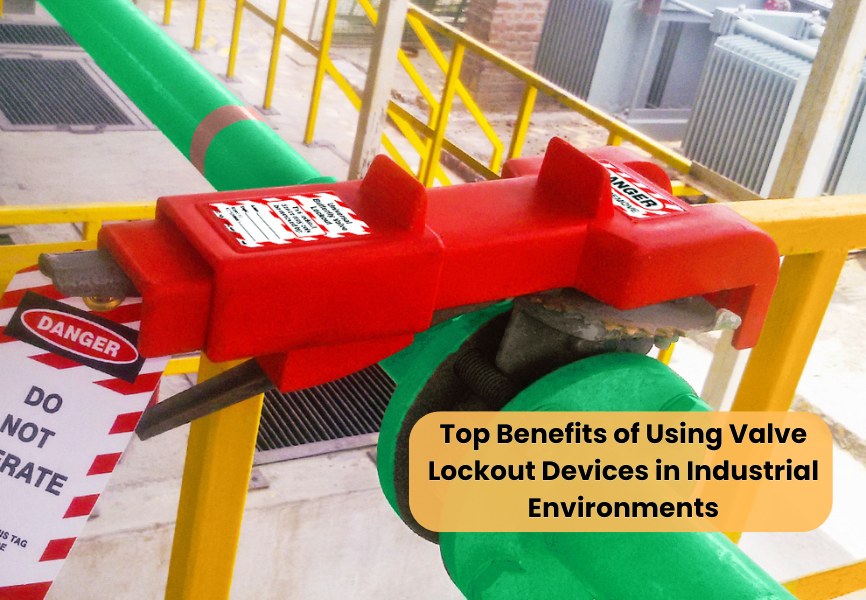The Correct Method for Releasing Lockout Tagout Devices Safely

Strong 8k brings an ultra-HD IPTV experience to your living room and your pocket.
Lockout Tagout procedures are essential for maintaining safety during the maintenance or servicing of machinery. While the focus is often on applying lockout devices, safely removing these devices is equally critical to prevent accidental energy releases or equipment startup. Following the correct method ensures a safe transition back to operational status while protecting workers and maintaining compliance with safety standards.
Step 1: Verify the Maintenance or Service is Complete
Before removing LOTO devices, confirm that the maintenance or service work on the machinery is fully completed. This includes checking for any unfinished tasks, ensuring that all tools and spare parts have been removed, and confirming that all components are properly reassembled. Leaving anything incomplete could lead to unsafe conditions once the equipment is reactivated.
Step 2: Inspect the Work Area
Conduct a thorough inspection of the work area around the machinery. Ensure that no workers are within hazardous zones and that the area is clean and free of tools, debris, or obstructions. This step prevents any accidental harm to personnel and ensures that the equipment can operate smoothly without interference.
Step 3: Notify Affected Employees
Communication is a vital aspect of the Lockout Tagout process. Notify all employees in the area, particularly those involved in the maintenance or operation of the machinery, that the LOTO devices are about to be removed. This ensures that everyone is aware of the change in the machine’s status and avoids any unintentional operation during the process.
Step 4: Remove Energy Isolation Devices
Begin removing the lockout devices only after confirming that it is safe to do so. This step must be performed by the individual who originally applied the devices or an authorized person. If the original employee is unavailable, a written procedure for transferring responsibility must be followed. This ensures proper oversight and maintains accountability in the process.
Step 5: Restore Power Gradually
Reintroduce energy sources to the machinery gradually, following the manufacturer’s guidelines and company-specific procedures. This controlled re-energization helps detect any unexpected issues and prevents abrupt surges that could harm the machinery or personnel.
Step 6: Test Equipment Functionality
Once power is restored, test the equipment to confirm it is functioning as expected. This includes running preliminary checks or low-risk operations to verify that all components are operating correctly. If any issues are identified, shut down the equipment and repeat the LOTO process to address them.
Step 7: Final Notification to Employees
Inform all affected employees that the equipment is now operational. Ensure that they understand the machine has been re-energized and is ready for normal use. This final communication step reinforces awareness and prevents unauthorized actions.
• Follow Written Procedures: Always adhere to the established lockout tagout program and its documented steps. This reduces the chances of oversight or errors.
• Use Proper Tools: Ensure that all tools and equipment used for removing lockout tagout devices are in good condition and suitable for the task.
• Maintain Records: Document the removal process, including the names of authorized personnel and the time of release. This supports compliance and accountability.
• Provide Training: Regularly train employees on proper LOTO procedures, including the safe removal of devices. A well-informed team is less likely to make mistakes.
• Conduct Regular Audits: Periodically review the lockout tagout program to identify any gaps and improve the process for added safety and efficiency.
Conclusion
Releasing Lockout Tagout devices safely is a vital part of the LOTO process, requiring diligence and attention to detail. By following the correct method, organizations can minimize risks, ensure compliance with safety regulations, and protect employees from potential hazards. A strong commitment to safety protocols fosters a secure and efficient workplace, benefiting both workers and operations.
Note: IndiBlogHub features both user-submitted and editorial content. We do not verify third-party contributions. Read our Disclaimer and Privacy Policyfor details.







